Home>Furniture & Design>Interior Design Trends>What Can Glass Be Recycled Into
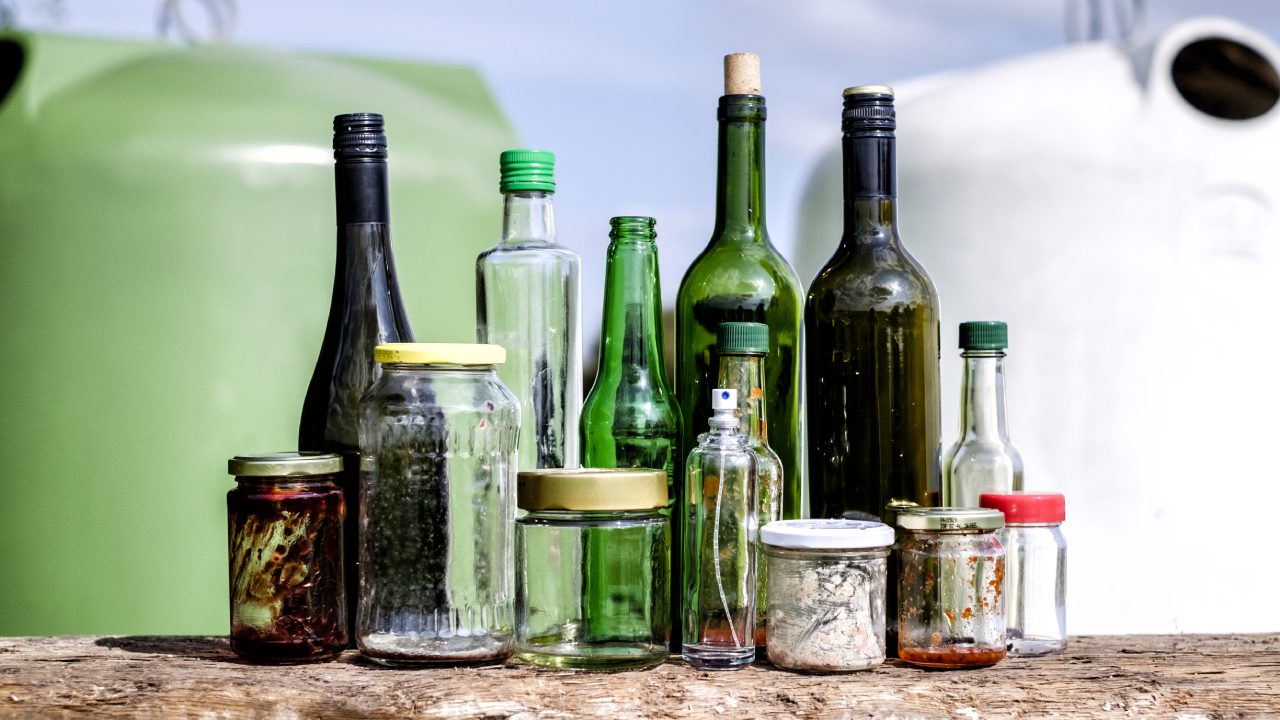

Interior Design Trends
What Can Glass Be Recycled Into
Modified: April 22, 2024
Discover the latest interior design trends with recycled glass. Explore innovative ways to incorporate sustainable materials into your home decor.
(Many of the links in this article redirect to a specific reviewed product. Your purchase of these products through affiliate links helps to generate commission for Storables.com, at no extra cost. Learn more)
Introduction
Glass is a versatile and widely used material that has been an integral part of human civilization for centuries. Its unique properties, such as transparency, durability, and recyclability, have made it a popular choice for various applications, including packaging, construction, and decoration. The process of recycling glass has gained significant attention in recent years due to its environmental benefits and the potential to reduce the demand for raw materials.
Glass recycling is a crucial aspect of sustainable waste management and plays a vital role in conserving natural resources and reducing the environmental impact of glass production. By transforming discarded glass into new products, the recycling process contributes to energy savings, reduced greenhouse gas emissions, and minimized landfill waste.
In this article, we will delve into the intricate world of glass recycling, exploring the process, the diverse range of products made from recycled glass, the environmental benefits it offers, as well as the challenges that accompany this sustainable practice. Understanding the journey of glass from waste to a valuable resource sheds light on the significance of recycling in preserving our planet's resources and minimizing the ecological footprint of human activities.
As we embark on this exploration, we will uncover the transformative potential of glass recycling, shedding light on the innovative ways in which recycled glass can be repurposed to create new and functional items. Moreover, we will gain insights into the economic and environmental advantages of embracing glass recycling as a fundamental practice in our communities and industries.
Join us on this enlightening journey as we unravel the fascinating world of glass recycling, discovering the boundless possibilities that arise when we commit to reimagining waste as a valuable asset in building a sustainable future.
Key Takeaways:
- Glass recycling transforms waste into new products, conserving resources and reducing environmental impact. It creates containers, insulation, countertops, and decorative items, promoting sustainability across industries.
- Despite challenges like contamination and logistics, glass recycling offers environmental, economic, and social benefits. It fosters job creation, waste reduction, and community engagement, contributing to a greener future.
Read more: Where Can You Recycle Glass
Glass Recycling Process
The glass recycling process is a meticulously orchestrated sequence of operations that transforms discarded glass into reusable material, contributing to the conservation of resources and the reduction of environmental impact. This sustainable practice involves several key stages, each playing a crucial role in ensuring the efficient recovery and reprocessing of glass waste.
-
Collection and Sorting: The journey of glass recycling commences with the collection of discarded glass from various sources, including households, businesses, and public recycling centers. Once gathered, the glass is sorted based on color to maintain the integrity of the recycling process. Clear, green, and brown glass are typically separated to prevent color contamination in the recycled material.
-
Cleaning and Crushing: After sorting, the collected glass undergoes thorough cleaning to remove any impurities or contaminants. Once cleaned, the glass is crushed into small fragments known as cullet. This process not only reduces the volume of the glass waste but also prepares it for the subsequent stages of recycling.
-
Melting and Refining: The cullet is then transported to a glass manufacturing facility, where it is mixed with raw materials such as sand, soda ash, and limestone. The mixture is heated in a furnace at high temperatures, causing the cullet to melt and fuse with the other ingredients. This molten glass is then refined to remove any remaining impurities, resulting in a pristine material ready for shaping and molding.
-
Shaping and Forming: The refined glass is molded into new products through various techniques such as blowing, pressing, or casting, depending on the desired end product. This stage allows the recycled glass to be transformed into a wide array of items, including bottles, jars, fiberglass, countertops, and decorative objects.
-
Distribution and Utilization: Once the recycled glass products are manufactured, they are distributed to industries and consumers, where they serve as sustainable alternatives to products made from raw materials. From beverage containers to construction materials, the utilization of recycled glass contributes to resource conservation and environmental sustainability.
The intricate glass recycling process embodies the essence of circular economy principles, where waste is repurposed into valuable resources, fostering a sustainable and eco-conscious approach to material management. By embracing this process, we can mitigate the environmental impact of glass production, conserve energy, and reduce the strain on natural resources, ultimately paving the way for a greener and more sustainable future.
Common Products Made from Recycled Glass
The versatility of recycled glass extends far beyond traditional containers and decorative objects, encompassing a diverse range of innovative products that contribute to sustainable living and resource conservation. The transformation of recycled glass into functional and aesthetically appealing items exemplifies the potential of this eco-friendly material in various industries. Here are some common products made from recycled glass:
-
Glass Containers: Recycled glass finds new life in the production of containers such as bottles, jars, and vials. These containers serve as sustainable packaging solutions for beverages, food products, cosmetics, and pharmaceuticals. By utilizing recycled glass in container manufacturing, industries reduce their reliance on virgin materials, thereby minimizing the environmental impact of packaging production.
-
Fiberglass Insulation: Recycled glass cullet is a key component in the manufacturing of fiberglass insulation, a sustainable alternative to traditional insulation materials. By repurposing glass into insulation products, the construction industry reduces energy consumption in buildings and minimizes the need for non-renewable resources, contributing to energy efficiency and environmental sustainability.
-
Countertops and Tiles: Recycled glass countertops and tiles offer a stylish and eco-friendly option for interior design and architectural applications. The combination of recycled glass and binding agents results in durable and visually striking surfaces that adorn kitchens, bathrooms, and commercial spaces. These products not only enhance the aesthetic appeal of interiors but also promote sustainable design practices.
-
Decorative Glassware: Artisans and designers utilize recycled glass to craft decorative items such as vases, ornaments, and sculptures. The unique textures and colors of recycled glass lend themselves to artistic expression, creating one-of-a-kind pieces that adorn homes and public spaces. The use of recycled glass in decorative glassware embodies the fusion of creativity and sustainability.
-
Aggregate for Construction: Crushed recycled glass serves as an eco-friendly aggregate in construction materials, including concrete, asphalt, and landscaping elements. Its use in construction applications reduces the demand for natural aggregates, conserves resources, and minimizes the environmental impact of infrastructure development.
-
Ceramics and Glassware: Recycled glass is integrated into the production of ceramic glazes and glassware, adding depth and character to these artisanal creations. The incorporation of recycled glass in ceramics and glassware exemplifies the harmonious blend of tradition and sustainability in artisanal craftsmanship.
The utilization of recycled glass in these diverse products underscores its adaptability and eco-friendly attributes, offering sustainable solutions across multiple industries. By embracing these products, consumers and businesses contribute to the circular economy, where waste is repurposed into valuable resources, fostering a more sustainable and environmentally conscious approach to material utilization.
Benefits of Recycling Glass
Recycling glass yields a multitude of compelling benefits that resonate across environmental, economic, and social spheres, underscoring its pivotal role in sustainable resource management. By diverting glass waste from landfills and reintroducing it into the production cycle, the practice of glass recycling engenders a host of positive outcomes that contribute to a greener and more resilient future.
Environmental Advantages
Recycling glass significantly reduces the strain on natural resources, as it curtails the need for virgin materials in glass production. This conservation of raw materials, including sand, soda ash, and limestone, translates into diminished extraction activities, thereby safeguarding fragile ecosystems and habitats. Moreover, the energy savings associated with recycling glass are substantial, as the melting and refining of cullet require less energy compared to the production of glass from raw materials. This translates into reduced greenhouse gas emissions and a smaller carbon footprint, aligning with global efforts to mitigate climate change and promote sustainable industrial practices.
Read more: What Percentage Of Glass Is Recycled
Waste Diversion and Landfill Reduction
The recycling of glass plays a pivotal role in waste diversion, steering substantial volumes of glass away from landfills and incinerators. By doing so, it alleviates the burden on landfill capacities and minimizes the environmental repercussions of glass disposal. Additionally, the longevity of glass as a material ensures that recycled glass products contribute to extended product lifecycles, reducing the overall waste generated by disposable or single-use items.
Economic and Industrial Implications
From an economic standpoint, glass recycling fosters job creation and economic growth within the recycling and manufacturing sectors. The demand for recycled glass cullet fuels the expansion of recycling facilities and glass processing plants, generating employment opportunities and stimulating local economies. Furthermore, the utilization of recycled glass in manufacturing processes bolsters the circular economy, where materials are continually repurposed, thus reducing the reliance on costly raw materials and enhancing the resilience of supply chains.
Community Engagement and Sustainability
The practice of glass recycling resonates with communities and individuals, fostering a sense of environmental stewardship and sustainability. By participating in glass recycling initiatives, individuals and organizations actively contribute to the preservation of natural resources and the reduction of environmental impact. This collective effort not only instills a culture of responsible consumption and waste management but also cultivates a shared commitment to building a more sustainable and ecologically conscious society.
In essence, the benefits of recycling glass extend far beyond waste management, permeating into the realms of environmental preservation, economic vitality, and community engagement. Embracing glass recycling as a fundamental practice embodies a proactive stance towards sustainable living and resource conservation, paving the way for a more harmonious coexistence with our planet's finite resources.
Challenges in Glass Recycling
While glass recycling offers a myriad of environmental and economic benefits, it is not without its share of challenges. These obstacles, ranging from logistical complexities to material contamination, underscore the intricacies of establishing and maintaining efficient glass recycling systems. Understanding and addressing these challenges is essential to fortifying the sustainability and effectiveness of glass recycling initiatives.
Read more: What Happens To Recycled Glass
Contamination and Sorting Complexity
One of the primary challenges in glass recycling pertains to contamination and the complexity of sorting glass by color and composition. Contaminants such as ceramics, stones, and non-recyclable materials can compromise the quality of recycled glass, rendering it unsuitable for certain applications. Additionally, the sorting process to segregate clear, green, and brown glass demands precision and advanced technology to ensure the purity of the cullet, adding a layer of complexity to the recycling process.
Collection and Transportation Logistics
Efficient collection and transportation of glass waste pose logistical challenges, particularly in urban areas with dense populations. Coordinating the collection of glass from diverse sources, including households, businesses, and public spaces, requires streamlined logistics and infrastructure. Moreover, the transportation of heavy glass waste to recycling facilities necessitates robust systems to minimize emissions and optimize resource utilization.
Consumer Participation and Awareness
Encouraging widespread consumer participation in glass recycling programs and fostering awareness about the importance of proper glass disposal present notable challenges. Educating the public about the significance of separating glass from other recyclables and minimizing contamination is crucial for enhancing the quality and quantity of recycled glass. Engaging communities and individuals in sustainable waste management practices requires targeted outreach and educational campaigns.
Market Demand and End-Product Utilization
The demand for recycled glass cullet and the utilization of recycled glass in manufacturing processes pose challenges linked to market dynamics and industrial adoption. Establishing stable markets for recycled glass products and fostering collaborations with industries to integrate recycled glass into their production cycles necessitate strategic planning and market development efforts. Moreover, ensuring the consistent quality and availability of recycled glass products is essential for sustaining market demand.
Read more: How Many Times Can Glass Be Recycled
Technological Advancements and Innovation
Advancing recycling technologies and fostering innovation in glass processing and sorting systems is pivotal for overcoming the challenges associated with glass recycling. Investing in state-of-the-art equipment and refining sorting technologies can enhance the efficiency and cost-effectiveness of glass recycling operations, contributing to higher-quality recycled glass and streamlined processes.
Addressing these challenges requires a concerted effort from stakeholders across the recycling value chain, including government entities, waste management organizations, recycling facilities, industries, and the public. By collaboratively tackling these obstacles, the glass recycling ecosystem can evolve to meet the growing demand for sustainable waste management solutions, thereby fortifying the role of recycled glass in building a more circular and resource-efficient economy.
Conclusion
In conclusion, the journey of glass from waste to a valuable resource through recycling encapsulates a profound narrative of sustainability, innovation, and environmental stewardship. The intricate process of glass recycling, from collection and sorting to shaping and distribution, underscores the transformative potential of repurposing discarded glass into a myriad of functional and aesthetically appealing products. The diverse range of items made from recycled glass, including containers, insulation, countertops, and decorative glassware, exemplifies the adaptability and versatility of this eco-friendly material across various industries.
The benefits of glass recycling reverberate across environmental, economic, and social dimensions, offering a compelling case for embracing this sustainable practice. From conserving natural resources and reducing energy consumption to fostering job creation and community engagement, glass recycling embodies the ethos of circular economy principles, where waste is reimagined as a valuable asset in building a more sustainable future.
However, the challenges inherent in glass recycling, such as contamination, logistical complexities, and market dynamics, underscore the need for concerted efforts to fortify the resilience and effectiveness of glass recycling systems. Addressing these obstacles demands collaborative initiatives, technological advancements, and public awareness campaigns to enhance the quality and quantity of recycled glass while sustaining market demand and industrial utilization.
As we navigate the complexities and opportunities within the realm of glass recycling, it becomes evident that the collective commitment to sustainable waste management and resource conservation is paramount. By fostering a culture of responsible consumption, waste reduction, and recycling, we can amplify the positive impact of glass recycling, contributing to a greener, more resilient planet for current and future generations.
In essence, the journey of glass through the recycling process embodies the ethos of transformation, resilience, and sustainability, illuminating the path towards a more harmonious coexistence with our planet's finite resources. Embracing the potential of recycled glass as a cornerstone of sustainable material management is not merely a choice but a collective responsibility to safeguard the natural world and build a more sustainable and regenerative future.
Frequently Asked Questions about What Can Glass Be Recycled Into
Was this page helpful?
At Storables.com, we guarantee accurate and reliable information. Our content, validated by Expert Board Contributors, is crafted following stringent Editorial Policies. We're committed to providing you with well-researched, expert-backed insights for all your informational needs.
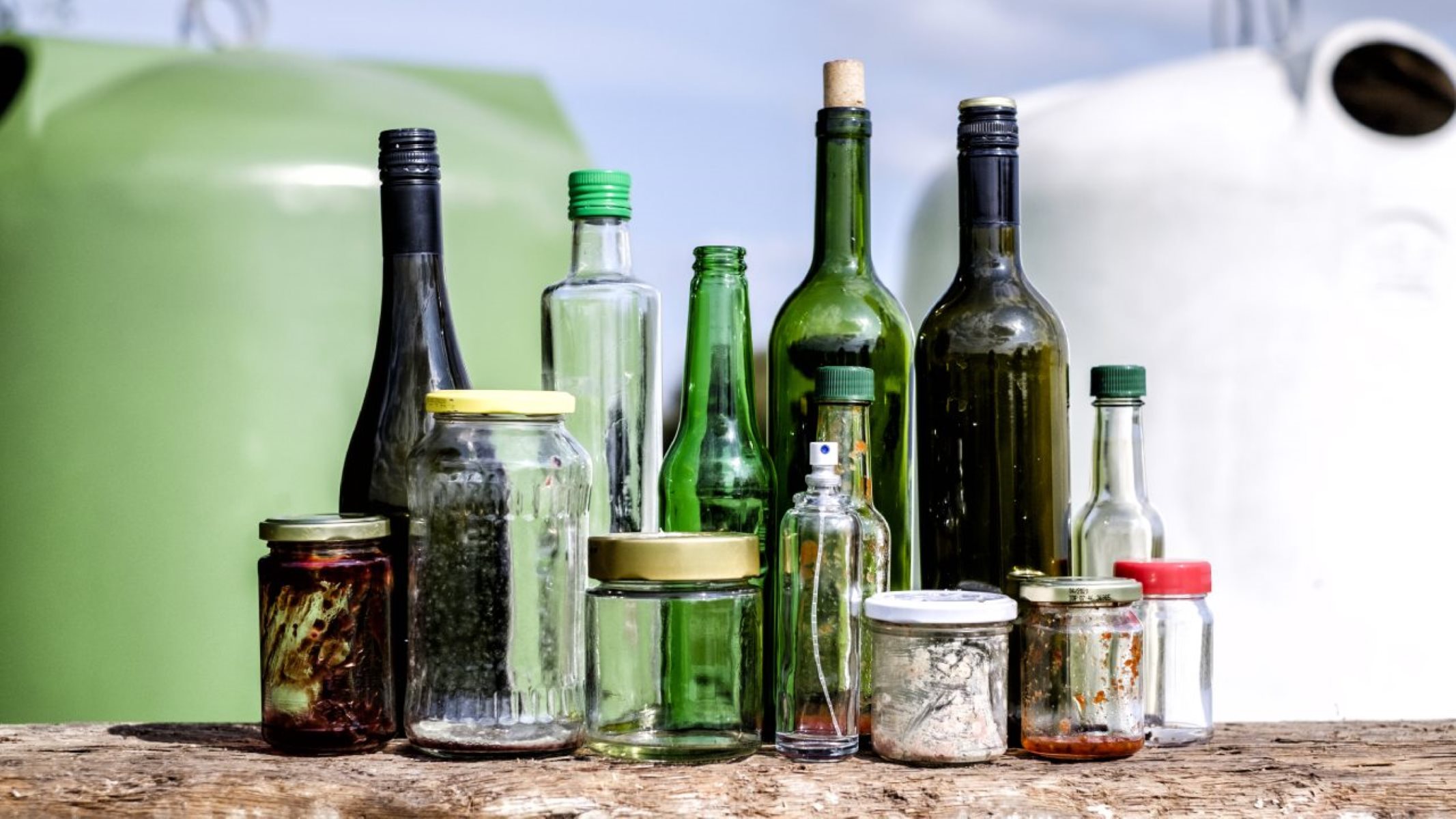
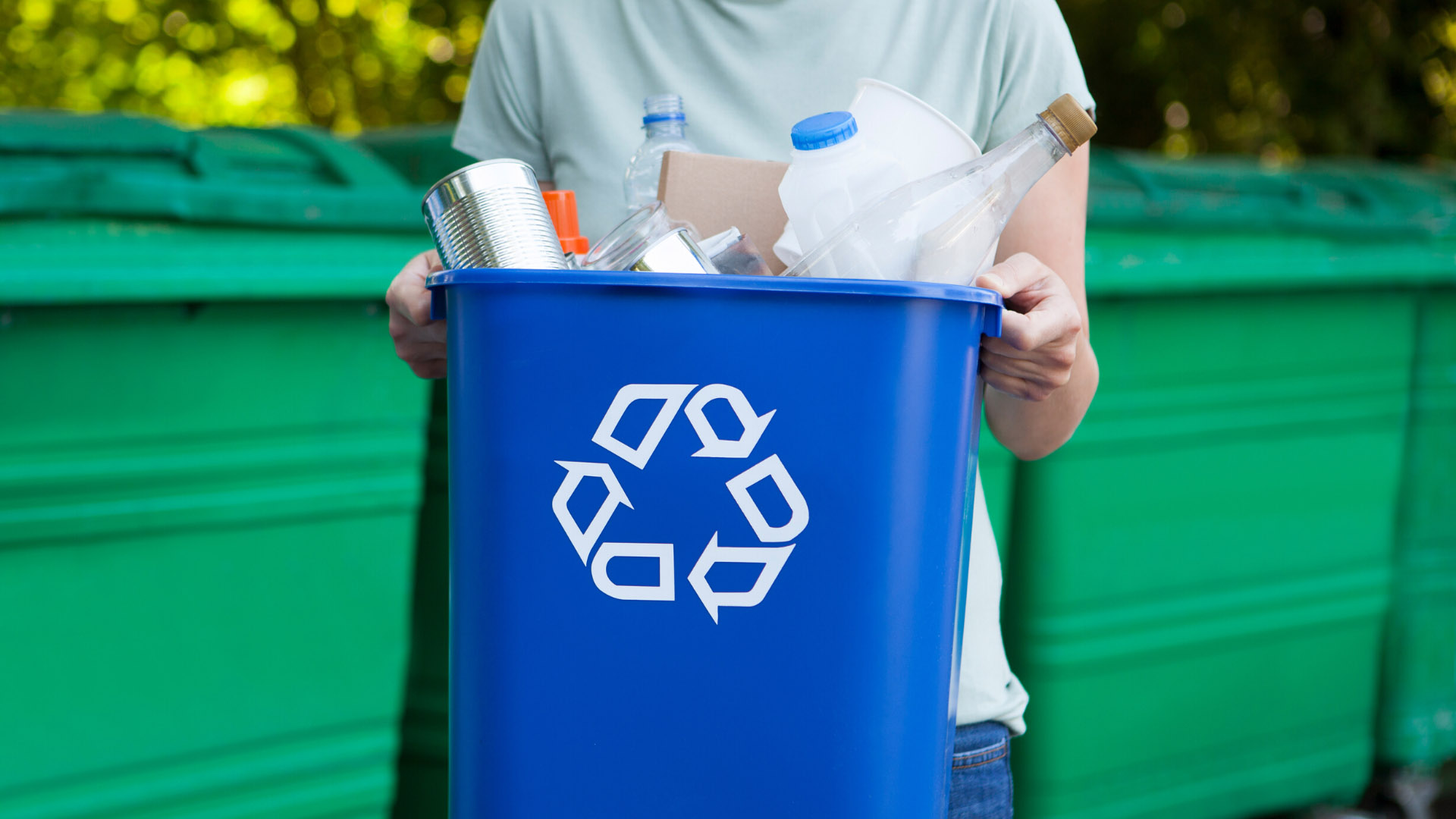
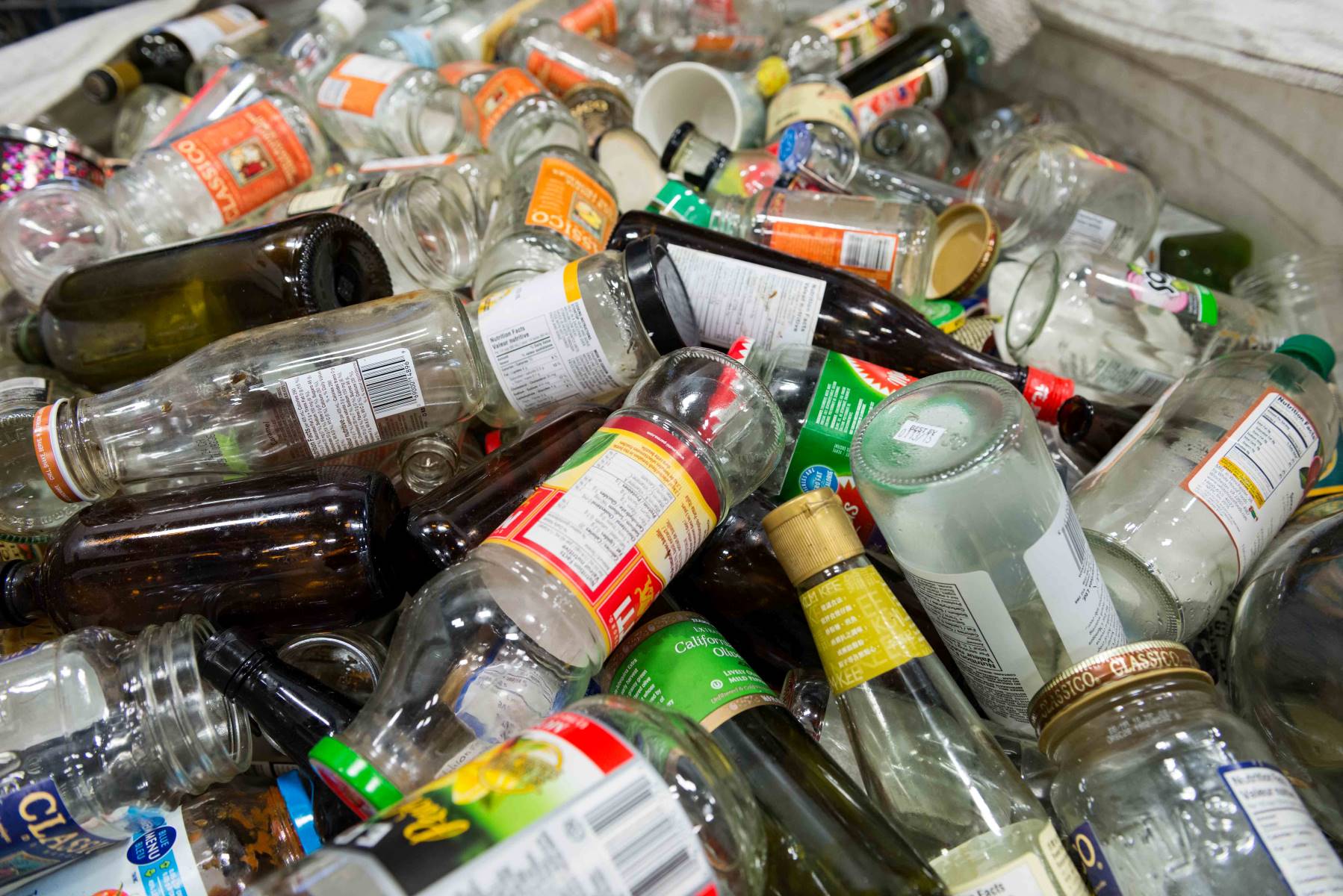
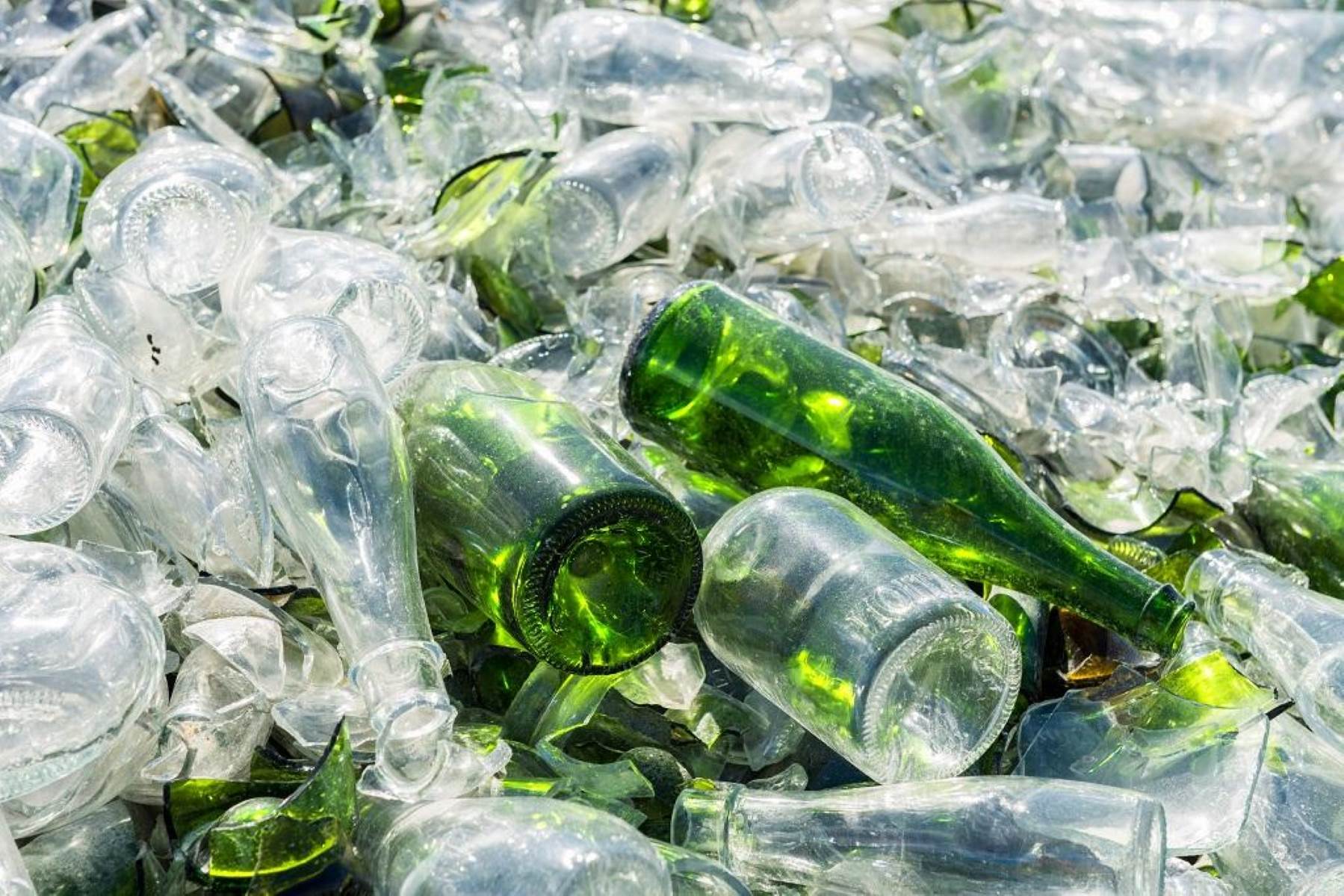
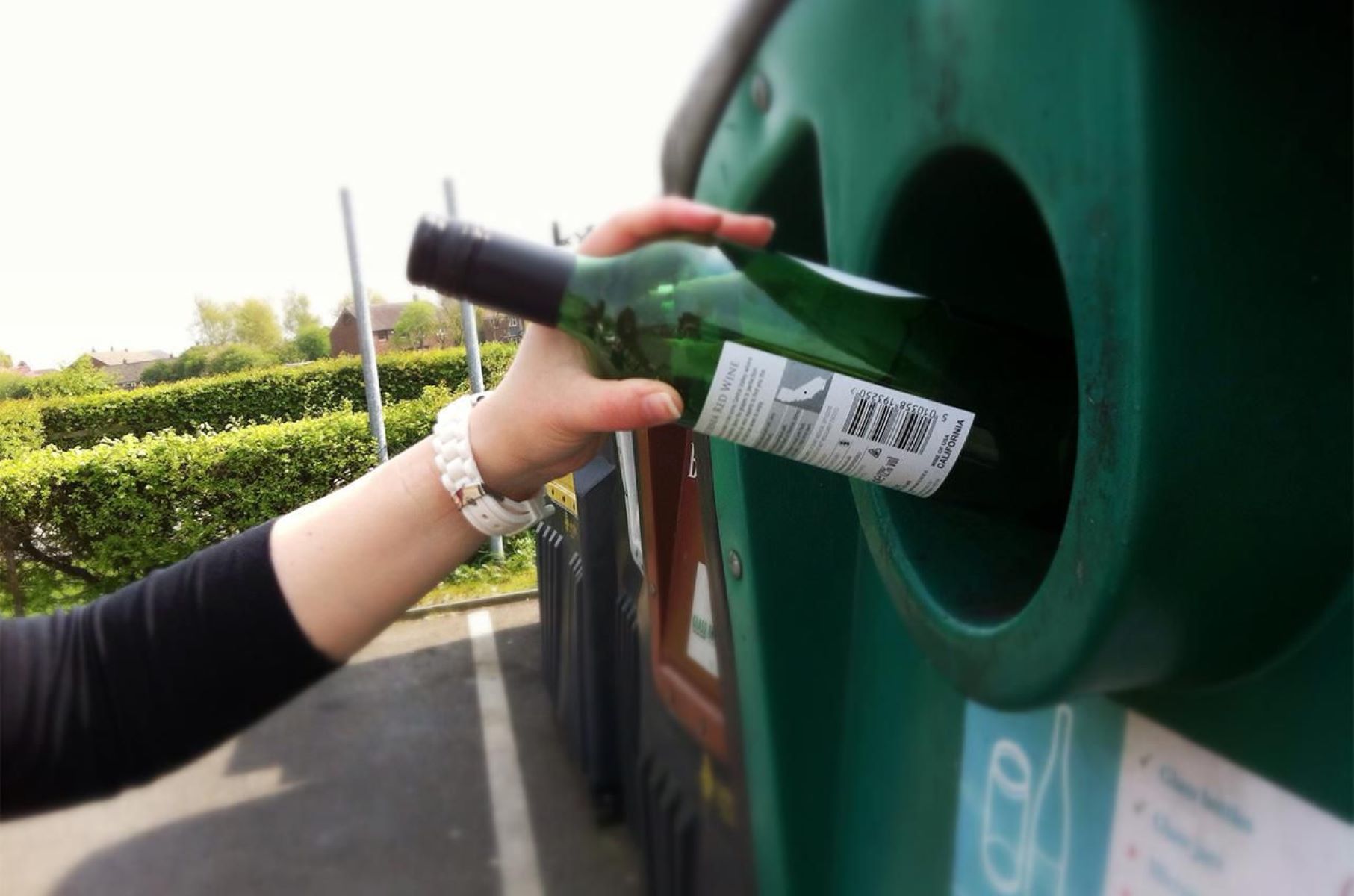
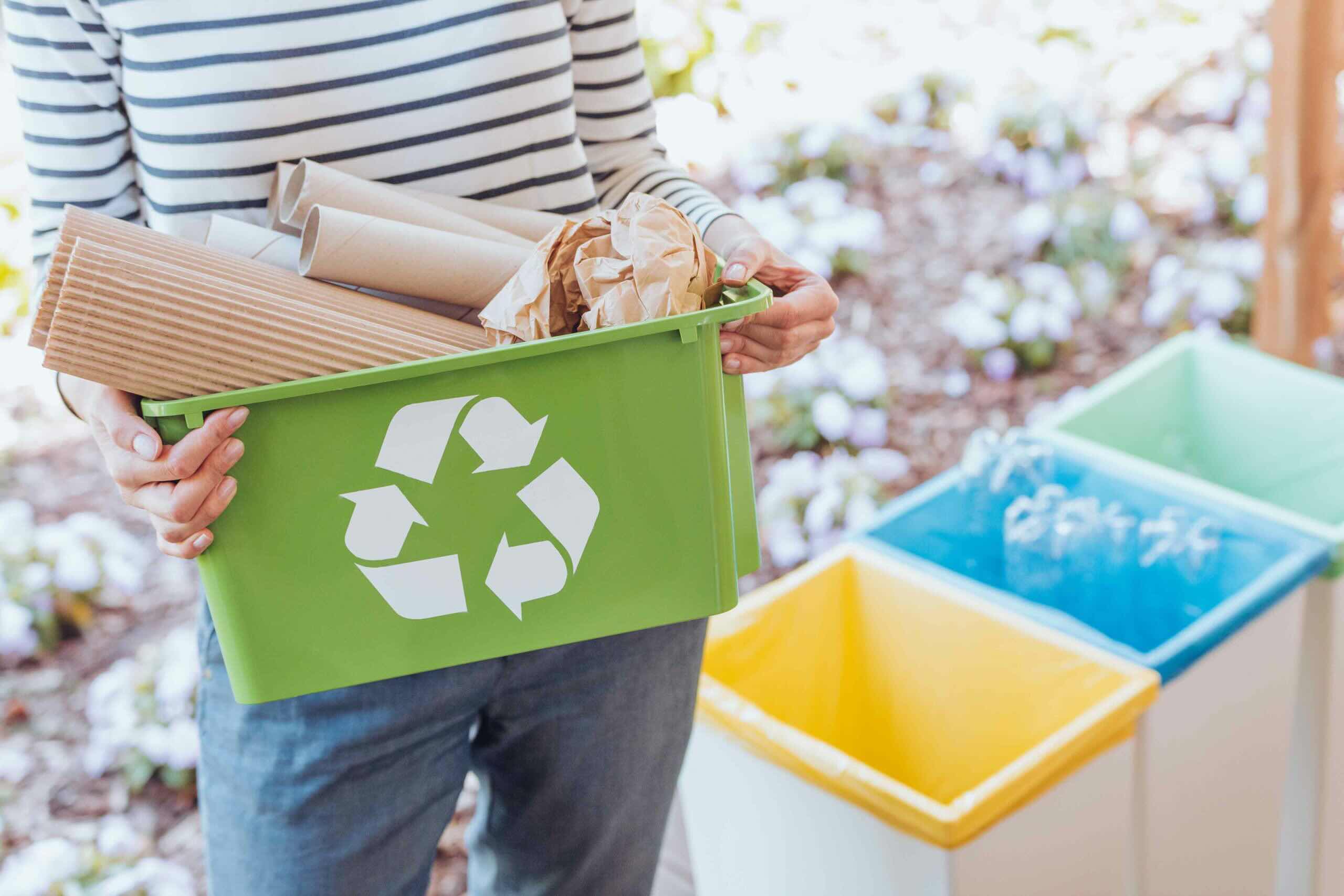
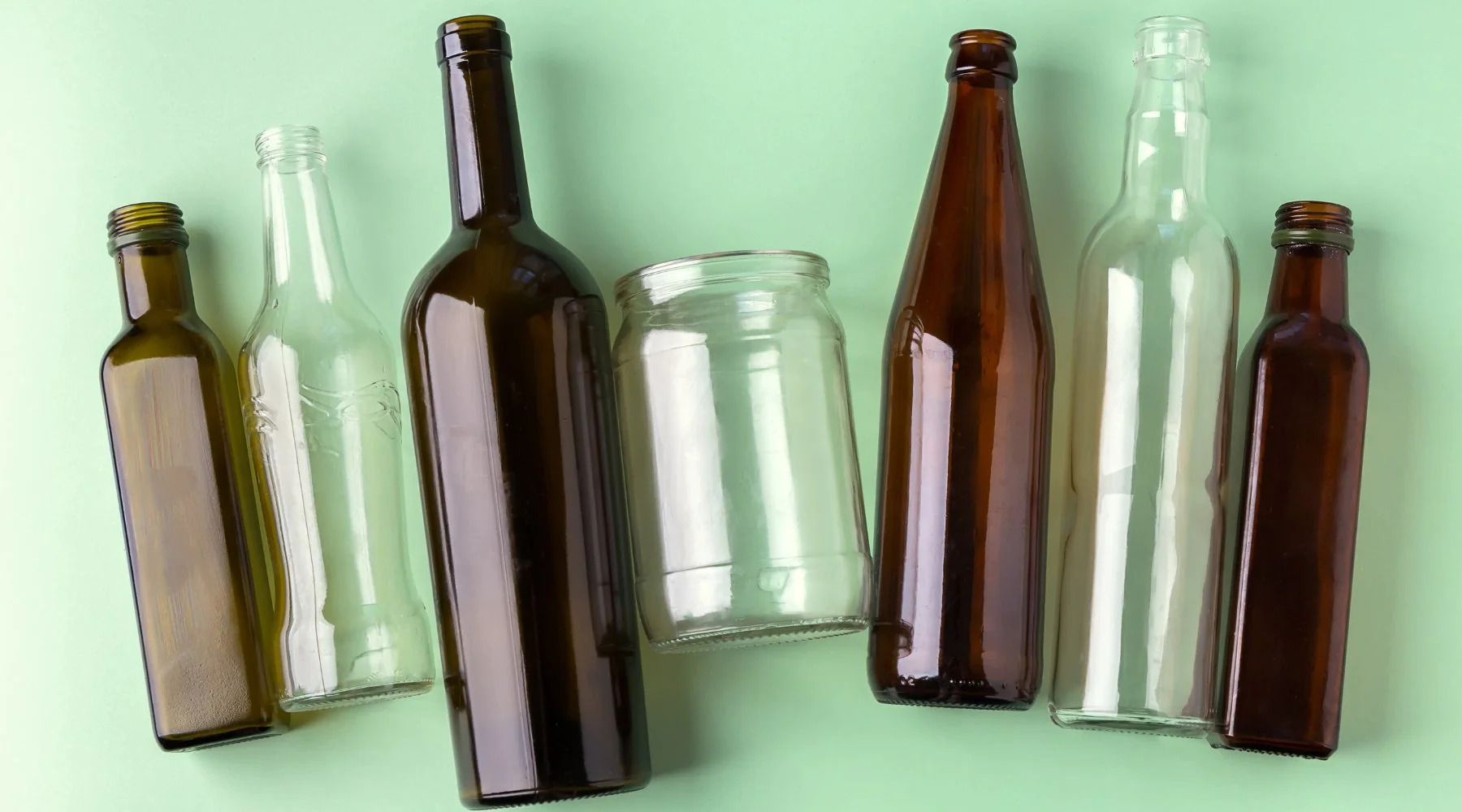
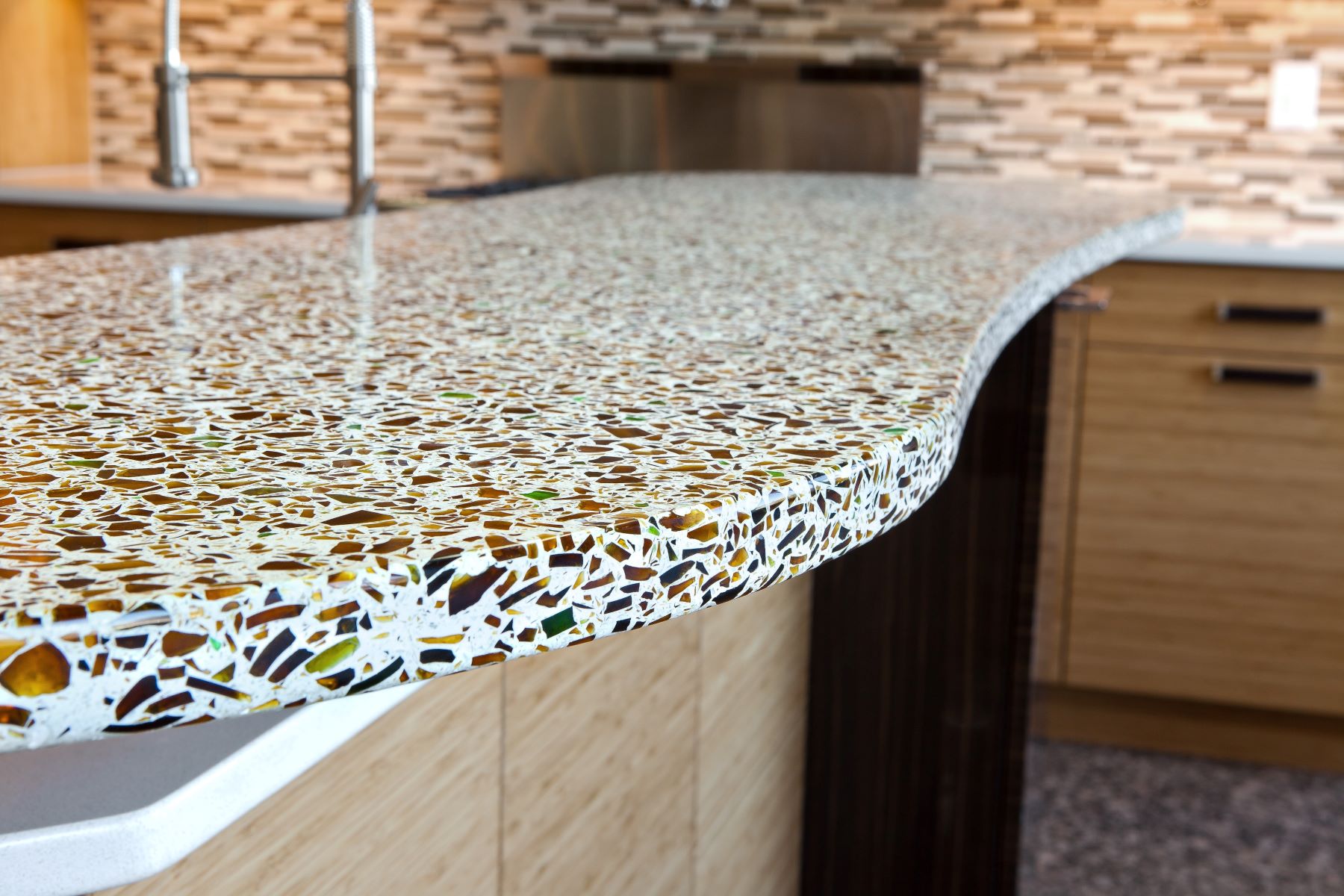

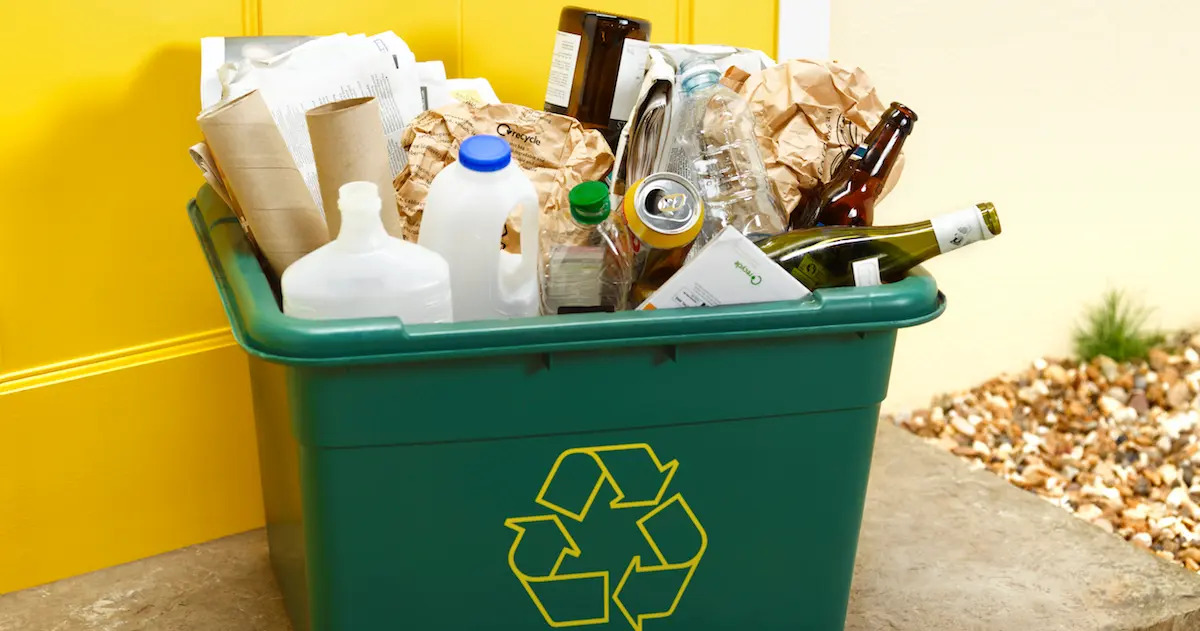
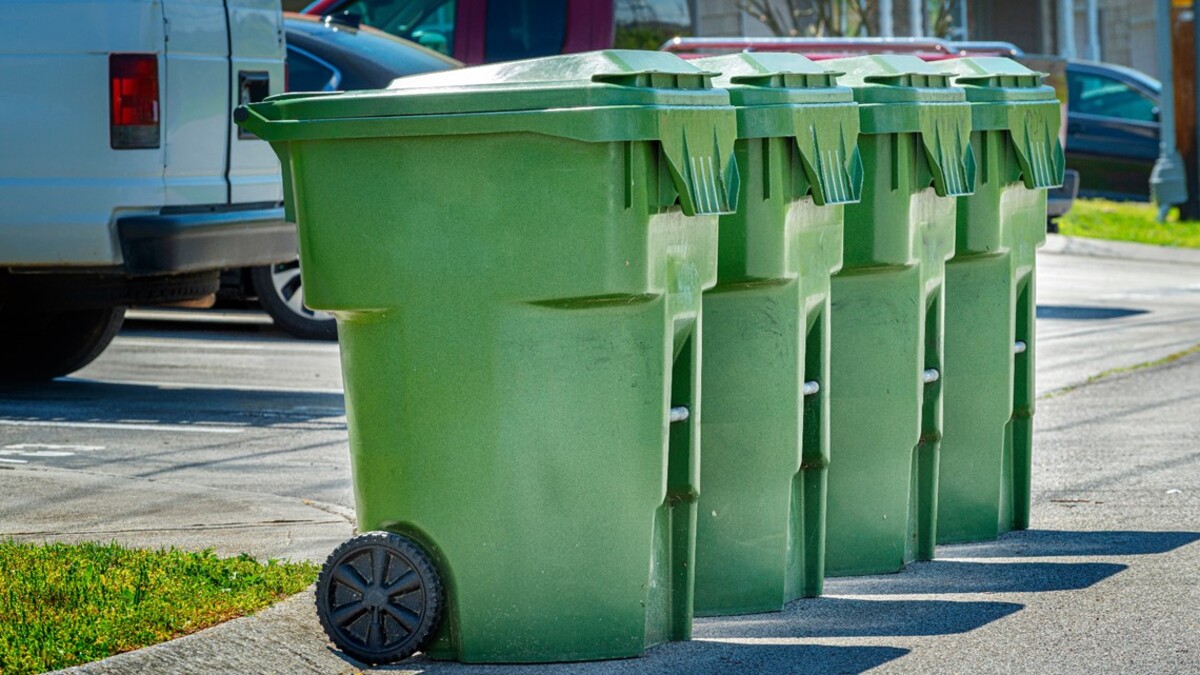
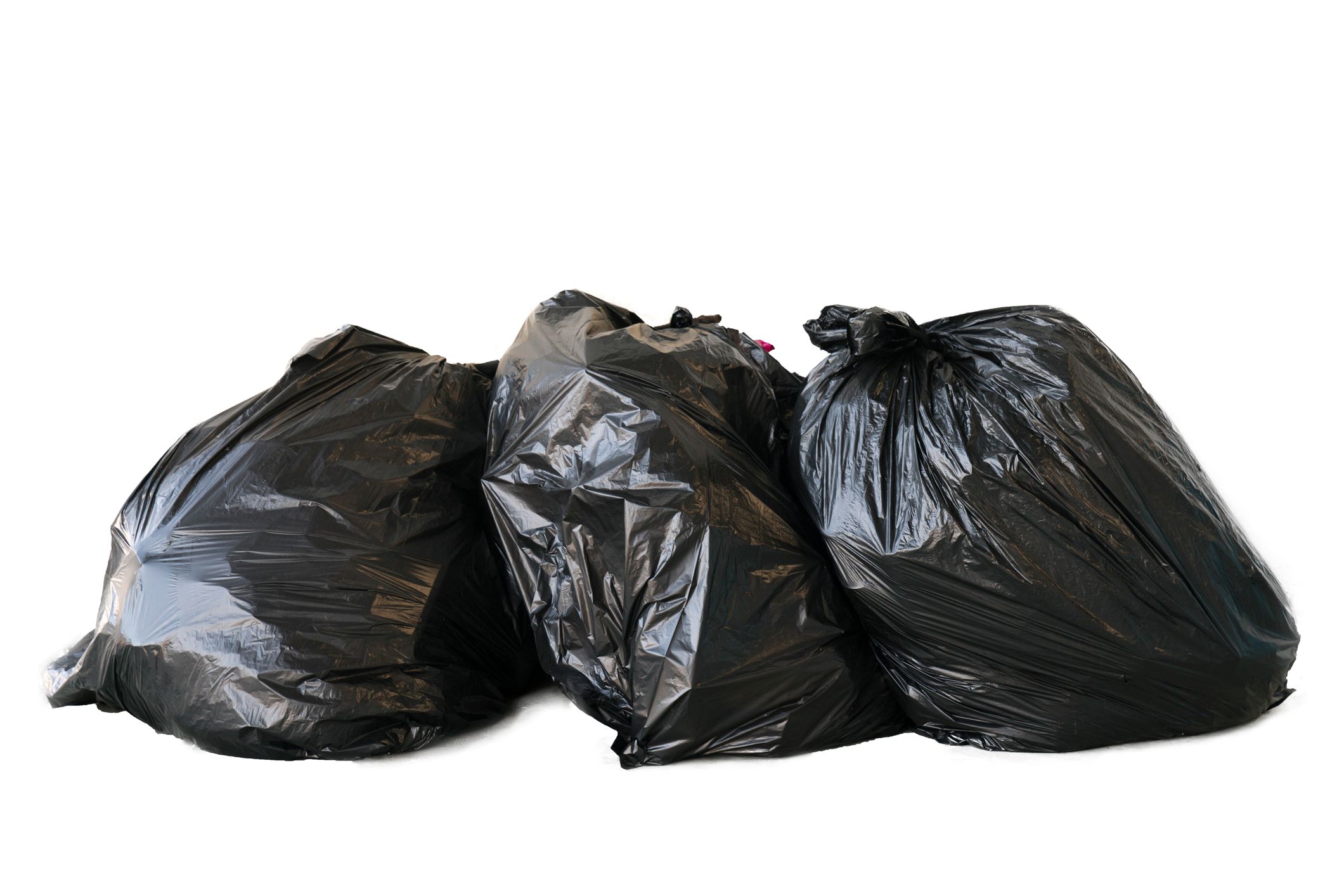

0 thoughts on “What Can Glass Be Recycled Into”